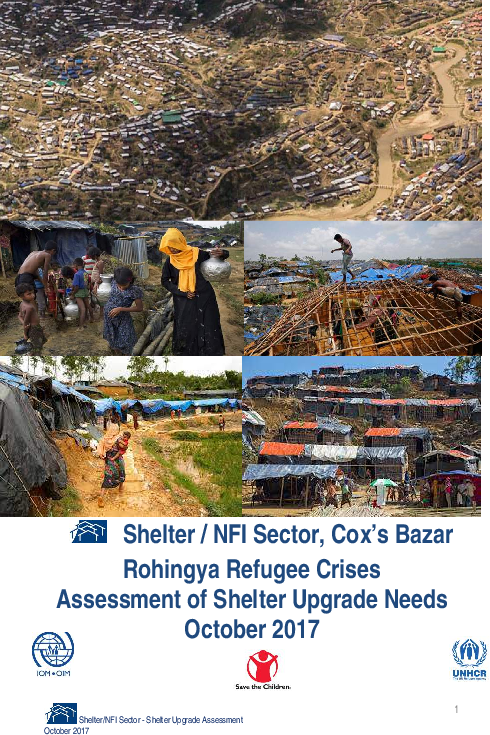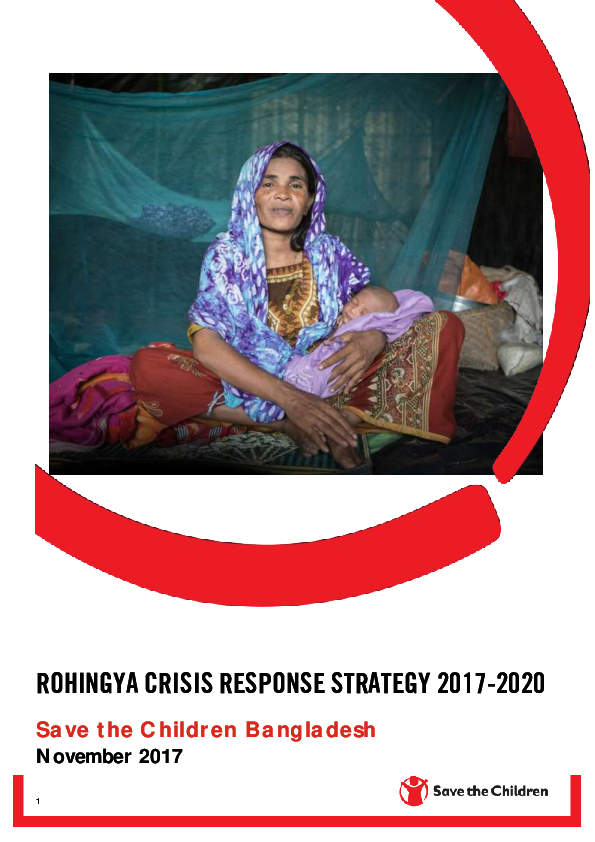
Study: Research
Rohingya Refugee Crises: Assessment of Shelter Upgrade Needs, Cox Bazar, October 2017
Publication year:
2017
English
Format:
pdf (279.4 KiB)
Publisher:
IOM, International Organization for Migration
Following an outbreak of violence on 25 August 2017 in the Rakhine State of Myanmar, a new massive influx of Rohingya population to Cox’s Bazar, Bangladesh started in late August 2017. The majority of the Rohingya population are living in Ukhia and Teknaf Upazilas of Cox’s Bazar, a district bordering Myanmar identified as the main entry area for border crossing.
Pre-existing settlements and camps have expanded with the new influx, while new spontaneous settlements have also formed and are quickly growing. Significant numbers of new arrivals are also being absorbed into the local host community. As of 30 September, there were two formal refugee camps, four makeshift settlements and at least five new spontaneous sites spreading from Kutupalong RC to Nyapara RC in the South, some of these spontaneous settlements are merging together as the refugee numbers expand. There is a comprehensive program of emergency shelter and Non-Food Item (household goods) distributions on-going. However, it is time to initiate the next phase of upgrades recognising that measures are required to mitigate for poor living conditions and potential natural hazards such as cyclones and monsoon rains.
The S/NFI Sector mobilised partner agencies to carry out a rapid assessment of 12 households in Zone EE of Kutupalong Makeshift Camp using Key Informant methodology.
Read full abstract
View & Download
Document information
Format
Content type
Country
Region
Rights
© Author/Publisher
Found a mistake? Help us improve!
If you have noticed a document assigned to the wrong author or any other inaccuracies, let us know! Your feedback helps us keep our data accurate and useful for everyone.
Related Documents
Share
Link

